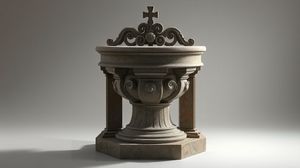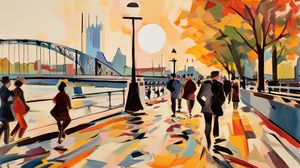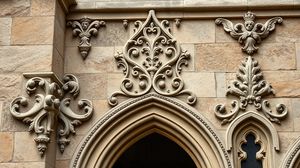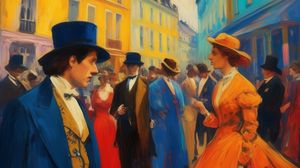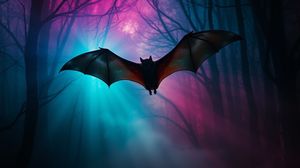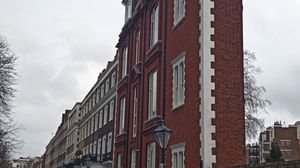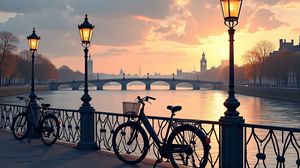
Albert Bridge is a picturesque road bridge across the River Thames, linking Chelsea on the north bank to Battersea on the south bank. Designed by Rowland Mason Ordish, it was opened in 1873. It remains one of the most beautiful and historically significant bridges in London, renowned for its striking Victorian elegance and unique design.
One fascinating aspect of Albert Bridge is its striking color scheme consisting of pastel shades of pink, blue, and green. This color scheme was introduced in the 1990s to enhance the bridge's visibility in foggy conditions and at night, making it safer for pedestrians and vehicles.
The bridge is nicknamed "The Trembling Lady" due to its shaky nature when too many people are walking across. In a quirky effort to prevent this problem, signs were once displayed instructing troops to break step while marching over the bridge. These iconic signs are still present today, adding a touch of historical charm.
The bridge has faced multiple structural challenges throughout its history, necessitating various strengthening projects. Despite the changes, it retains much of its original character, with its suspension and cable-stayed design making it visually distinct from other bridges in London.
Albert Bridge is particularly stunning at night, as it is illuminated by 4,000 bulbs that create a fairy-tale ambiance. This beautiful lighting, installed in the mid-20th century, makes the bridge a picturesque sight against the backdrop of the River Thames, inviting walkers and photographers alike to capture its beauty.
Interestingly, Albert Bridge has found its way into various cultural references. It is frequently featured in films, literature, and photography, symbolizing the quaint yet vibrant spirit of London. Its unique charm continues to inspire artists and creatives from around the world.

Making the Most of Your Visit:
If you're into photography, get there at dusk or just after sunset. The bridge's 4,000 bulbs illuminate beautifully, and you'll get great shots with the glistening Thames in the background. It's less crowded too, so you're free to snap away without interruptions.
Check out the historical signs that remind soldiers to break step. They're a fun nod to the quirky history of the bridge. You won't see signs like these on other London bridges!
For a peaceful stroll, take a moment to walk along the Thames on either side of the bridge. The paths in both Chelsea and Battersea Parks are lovely, and you might spot some locals walking their dogs, jogging, or simply enjoying the view. It's a great way to soak up the local atmosphere.
Visit during the day to appreciate the pastel colors. The light plays wonderfully with the bridge's distinctive pink, blue, and green hues, which were chosen to enhance visibility. It's a different experience from seeing it illuminated at night.
If you've got some time, bring a blanket and have a picnic in Battersea Park. It's a short stroll from the bridge, and you can enjoy your food with the backdrop of the stunning Albert Bridge and the serene Thames.

Visiting Times & Costs:
Albert Bridge is open to the public 24/7, with no entry fee required to visit. It is freely accessible to pedestrians and vehicles without any specified seasonal restrictions. As a public road bridge, there are no entrance charges or timed tickets necessary.
Regarding accessibility, the bridge itself is accessible to wheelchairs and strollers, as it is a flat surface. However, note that the surrounding areas, such as the paths leading into the nearby parks or along the Thames River, may vary in accessibility conditions.

Address & Map:

Nearby:


